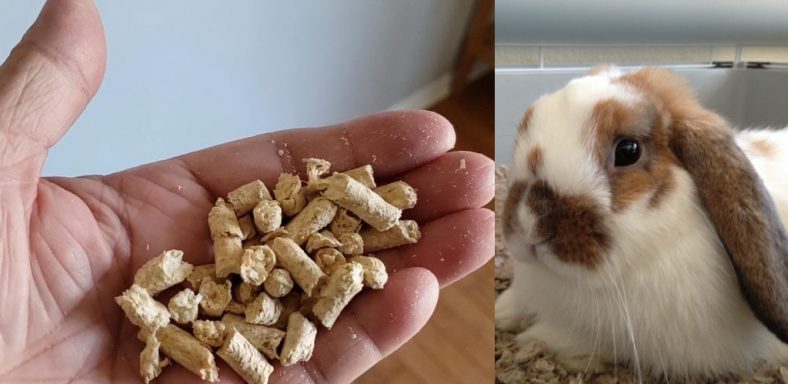Rabbits are as popular as ever as indoor pets, and with the proper diet, they can make great house companions. One of the most important aspects of a rabbit’s diet is its pellets. This article will show you how to make rabbit pellets so that your pet has the best food possible.
Rabbits are crepuscular, which means they are most active at dusk and dawn. They are also unusual mammals because of the way that their teeth grow continuously throughout their lives. If a rabbit’s teeth were allowed to grow unchecked, they would grow so long as to cause the rabbit to starve to death.
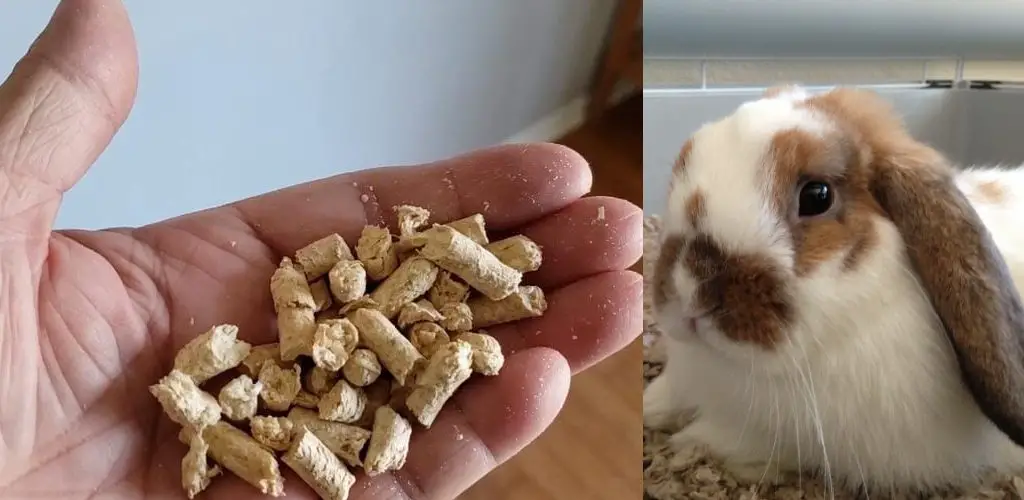
Contents
Rabbit Pellets Ingredients
The pellets should also contain a variety of other ingredients, including:
2 cups Timothy or oat hay
1/3 cup rolled oats (optional) ( If you choose to use the rolled oats, they must be finely ground.)
One small handful of carrots (approximately 1/4 cup), finely chopped (Carrots can also be finely grated and mixed into the mixture.)
One tablespoon calcium carbonate (i.e., oyster shell flour or ground eggshells) (This is essential for good bone formation in growing rabbits and prevention of metabolic disease in does during pregnancy. Note: The oyster shell version will add a slightly unpleasant odor to the pellets.)
One teaspoon salt (use only plain, non-iodized table salt)
A Detailed Guide on How to Make Rabbit Pellets
Step 1: Determine How Much Pellets Your Bunnies Need
The amount you feed your house rabbits depends on their age, sex, and activity level. It’s not possible to give exact recommendations because every rabbit is different.
A reasonable estimate for the daily amount of pellets is 1/4 cup per 6 lbs body weight (adult cottontail) given in two meals per day. About 1 cup of Timothy hay per 6 lbs body weight each day; 2 cups for 12 lbs; 3 cups for 18 lbs; 4 cups for 24 lbs, etc. Remember that these are only estimates! Also, please keep in mind that bunnies gain weight very quickly, even when they are young.
Step 2: Gather Your Ingredients
You will need one part timothy hay, rolled oats, one small handful of finely chopped carrots, calcium carbonate (i.e., oyster shell flour), and salt – plus enough fresh produce to make up the remaining 1/3 of the pellet recipe. How much product you need will depend on the quantity used in your original recipe.
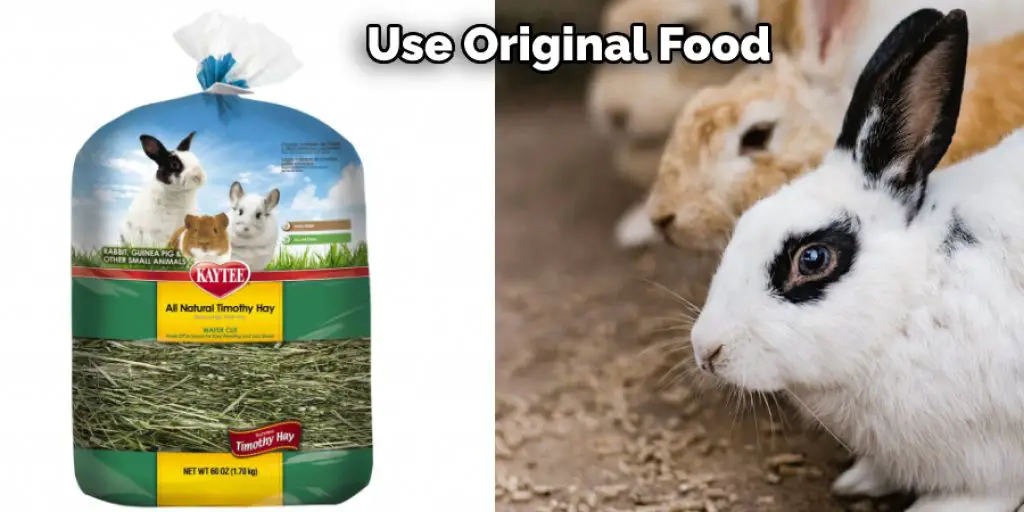
Step 3: Prepare Your Pellet Ingredients
The timothy hay should be ground into a fine powder before measuring out 1 cup for your pellets. How you do this is up to you. If you have a mortar & pestle, it can be done in minutes; with a blender or food processor, it takes 10 minutes but is much easier on your appliance. You can also buy pre-ground timothy hay from any pet store at a meager price compared to whole foods stores.
Oats should also be finely ground. How much you will need depends on how large a batch of pellets you make. If using rolled oats, buy the plain version – not those that have been “buttered” or flavored with syrup! Weigh out a small handful and grind it until it is powdery. Again, how much you need depends on the size of your original recipe, but as a rule of thumb, use about half as many oats as timothy hay.
Carrots can either be finely chopped into tiny cubes by hand or run through a food processor (which saves time). How many carrots you use in your rabbit pellet recipe will depend on how big a batch of pellets you are making; 1 teaspoon per cup is a good rule of thumb to use as a starting point.
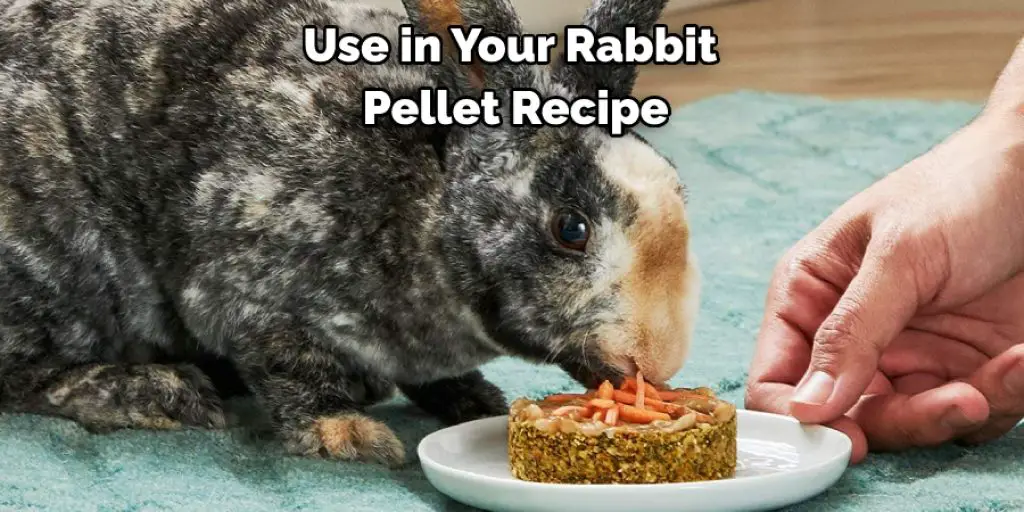
Calcium carbonate, or “oyster shell flour,” is available at most pet stores and is often found with reptile supplies. How much you need depends on how big a batch of pellets you are making – 1/2 teaspoon per cup of the ground-up product works well for this recipe.
Measure out 1/4 cup of bunny food for every 6 lbs. The adult cottontail weighs twice daily. How much you will need to use per day depends on your rabbit’s weight – if it’s too much, don’t worry; decrease this amount once your pet seems satisfied with his daily pellets.
If you have a young baby bunny between 2-7 weeks old, feed about 1/2 as much as an adult (1/8-1/4 cup) and make sure he eats all of his food within 30 minutes. How long each batch of pellets lasts in your rabbit’s bowl can vary with how much hay is in each pellet; the fresher, the better!
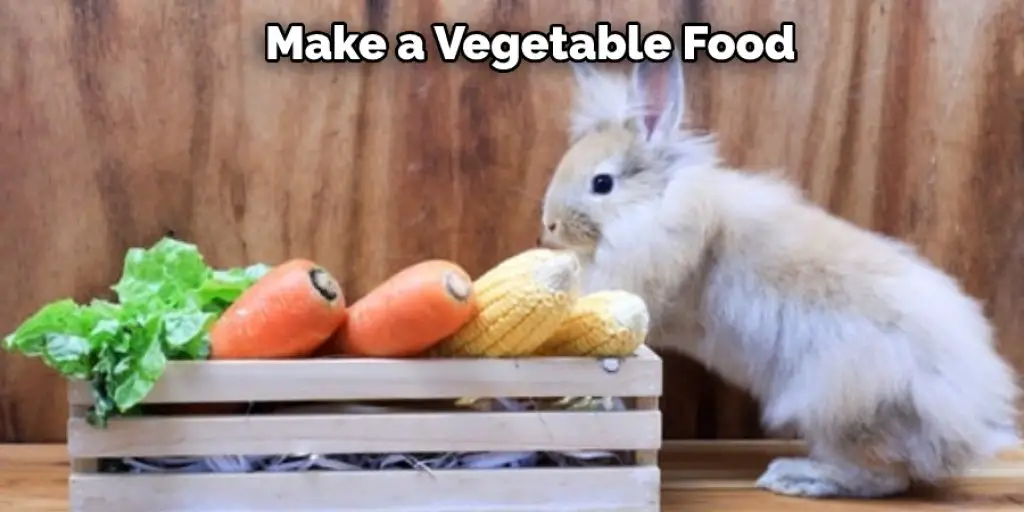
Your cage or hutch should be cleaned out daily so that none of the food gets contaminated by feces or urine, which will cause both to rot and give off an unpleasant smell. How often you clean up after your pet depends on how many animals share the same space – if they’re cagemates, check their bedding at least twice a week. If they live in an open-air environment (a barn or garage), then weekly cleanings may not be necessary (although it’s still good practice). These steps will help in how to make rabbit pellets.
Additional Tips
- To create rabbit pellets at home, use a blender or food processor to grind the vegetables into the desired consistency. If opting for commercially made pellets, check with local pet stores to see which brands they carry.
- Rabbit pellets are typically formulated on an ad libitum basis, meaning that rabbits can eat as much as they want, so be sure to monitor how much your bunny is munching on.
- Since pellets are relatively low in fiber, be sure to provide your pet with fresh hay and green vegetables daily.
- If you’re looking for a quick fix, add some rabbit pellets into the mix when creating your DIY compost!
The spices can find salt in just about any grocery store – it’s considered a kitchen staple! How much you need depends on how large a batch of rabbit pellets you are making; 1/4 teaspoon is usually more than enough for a few cups’ worths. Make sure that your salt does not contain iodine or any other additives! Plain, non-iodized table salt is best.
Step 4: Mix Your Pellet Ingredients
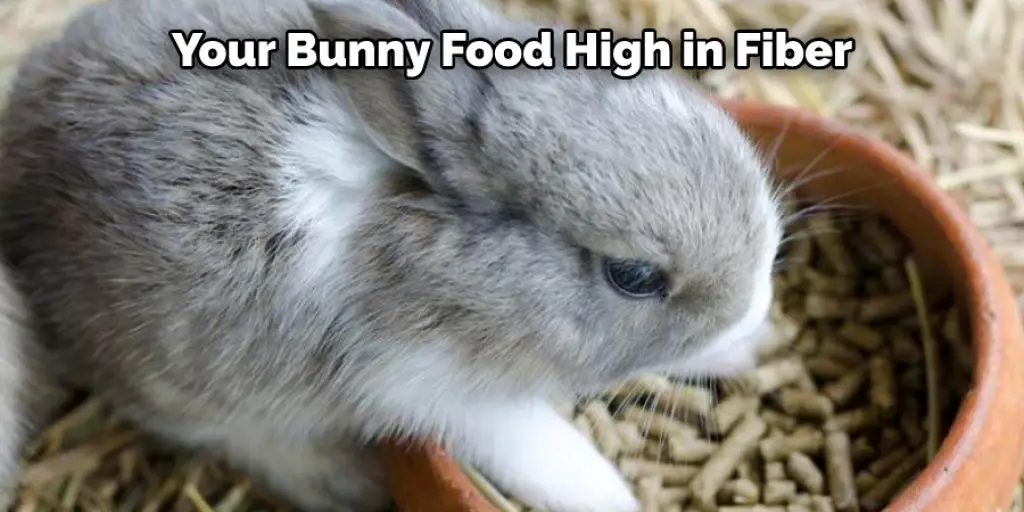
Combine all of your ground-up ingredients in a large bowl, mixing well until you have what looks like rabbit food! How easy or difficult this step depends on how finely everything has been ground up. If the hay is not finely powdered enough, it will be challenging to form into pellets – if so, add more oats and grind them again until they are powdery. How tightly you pack the pellets after forming them will also affect how easily they crumble; pack lightly for optimal storage life (in an airtight container).
Remember that homemade rabbit pellet mixes do not contain preservatives – keep these away from moisture or heat (i.e., don’t store them in the garage or barn). Also, how you hold your pellets will affect how well they are preserved, so choose wisely!
Step 5: Give Your Buns Their Pellets
Nutrition for Rabbits
Caring for a house rabbit can be a long-term commitment. When you have a friendly, healthy bunny at home, it’s essential to know how to provide them with proper nutrition through a good diet. Of course, how much and what a rabbit eats will depend on the age and health of your pet.
An adult, neutered male bunny needs about 1/8 cup of pellets per day, divided into two daily feedings. An adult female should eat about 3/16 cup of pellets daily, also split between meals. House rabbits under six months old require higher amounts of protein in their diets than older bunnies do, so they need access to more food each day — around 1/4 cup per day for males and 1/8 cup per day for females under six months.
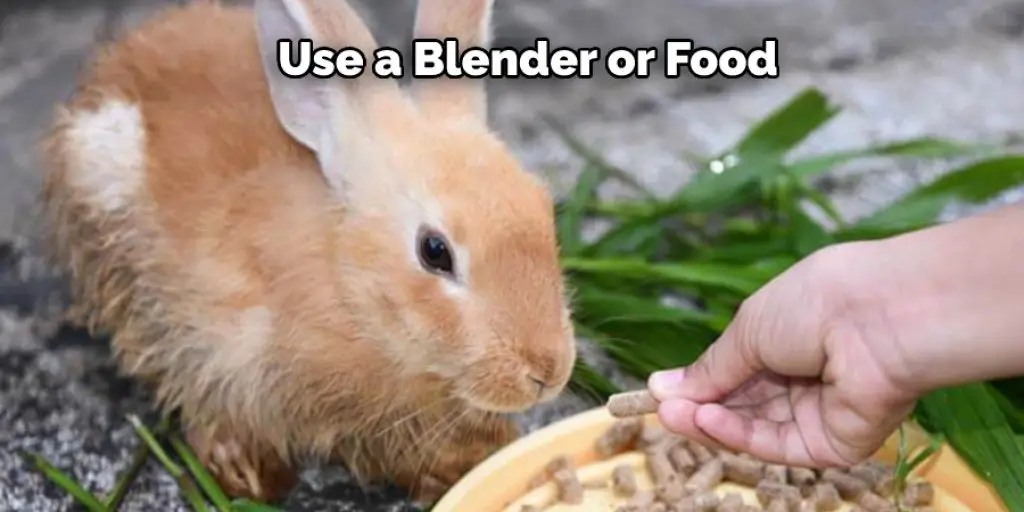
A healthy adult house rabbit should have access to plenty of fresh hay throughout the day. Grass provides fiber, which is essential for keeping your bunny’s digestive system working correctly. When choosing hay to feed rabbits, timothy is preferred because it’s higher in calcium than other types of hay. Alfalfa is lower in protein, but it can still be used as part of a balanced diet.
Bunnies that are sick or underweight may not eat enough food each day, so they need special attention to ensure they’re getting the nutrition they need to get better. Products like Critical Care, by Oxbow Animal Health, provide all the nutrients bunnies need when they’re not feeling well.
Rabbits love to chew on things, so providing them with vegetables and other healthy materials is another way to get the vitamins they need. But it’s essential only to feed your bunny food high in fiber and low in sugar. A list of safe foods can be found here.
Conclusion
We hope you have gone through how to make rabbit pellets. However, if you are looking for an easy and fun project that will save you money, producing your rabbit pellets is a great option. By following these simple steps, you can be sure to have plenty of rabbit food on hand for your furry friend.

